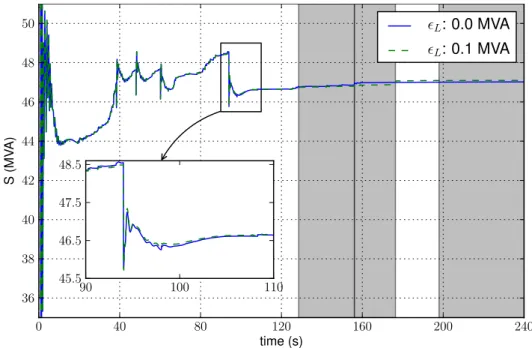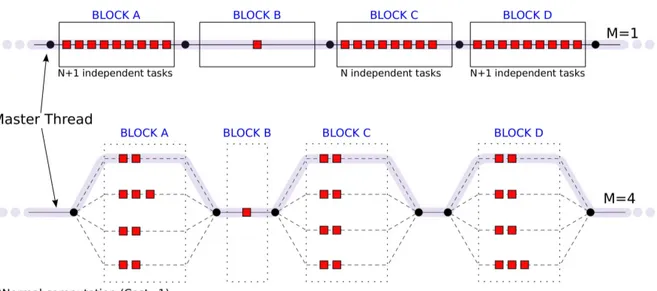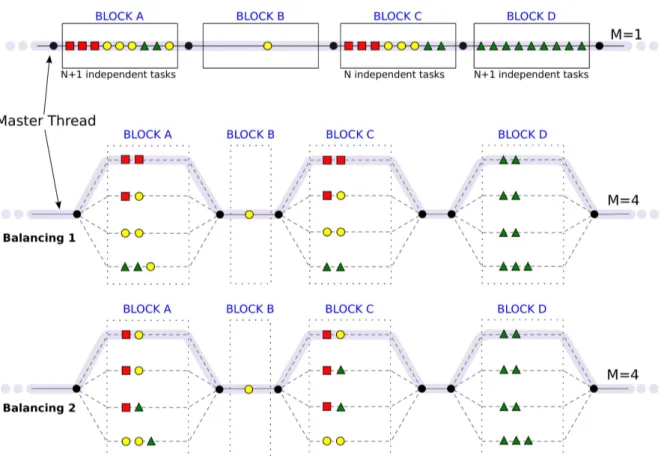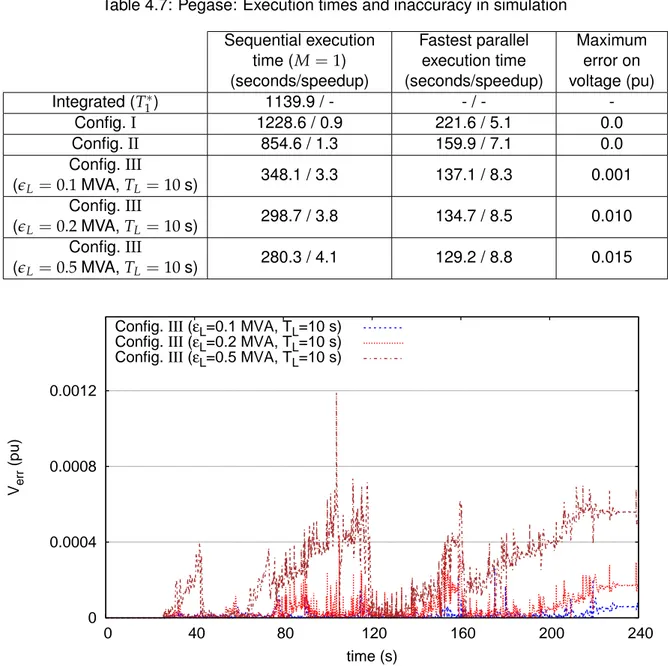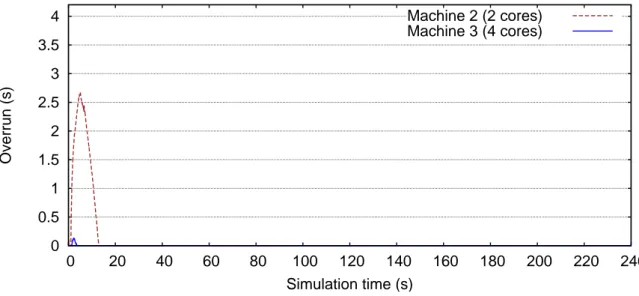Time-domain simulation of large electric power systems using domain-decomposition and parallel processing methods
Texte intégral
Figure
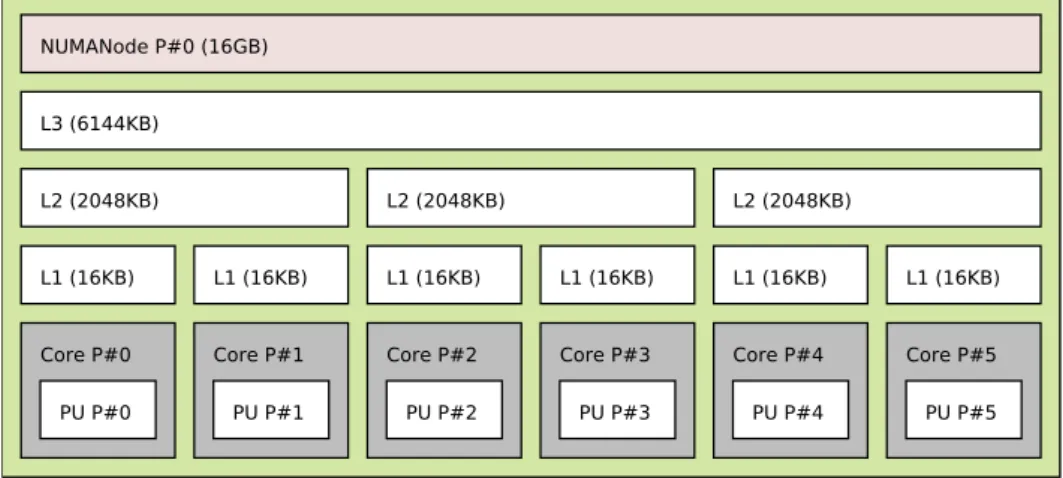
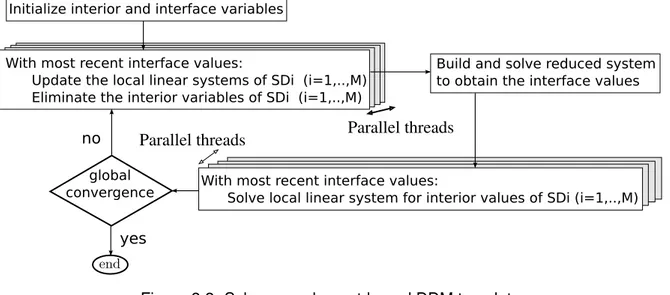

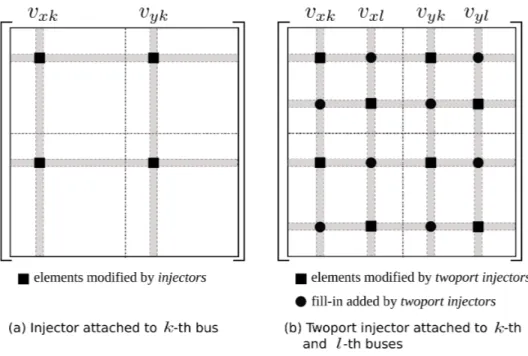
Documents relatifs
We propose new domain decomposition methods for systems of partial differential equations in two and three dimensions.. The algorithms are derived with the help of the
In 1961, the fitted SD/PD ratios were larger than 50 % at altitude classes above 500 m asl in December, January, and February.. In November and March, this threshold was only reached
Après avoir déterminer le potentiel vecteur pour chaque point du maillage on peut déterminés les autres paramètres, l’induction magnétique (B , champ magnétique ) (H , les
In the context of solid mechanics involving material nonlinearities, this method performs poorly because any small perturba- tions of the problems parameters has the effect of
In order to achieve this goal, we use algebraic methods developed in constructive algebra, D-modules (differential modules) theory, and symbolic computation such as the so-called
One of the methods often used to deal with such problems in dynamics is the dual substructuring method: Lagrange multipliers are used to enforce the kinematic continuity of the
As expected, each encoding leads to different levels of reg- ularity, and increasing the number of association sets used in the fitness function increases the regularity of
à-dire ne pas porter une atteinte disproportionnée aux intérêts ou aux libertés et droits fondamentaux de la personne concernée par rapport à l’intérêt que l’employeur
